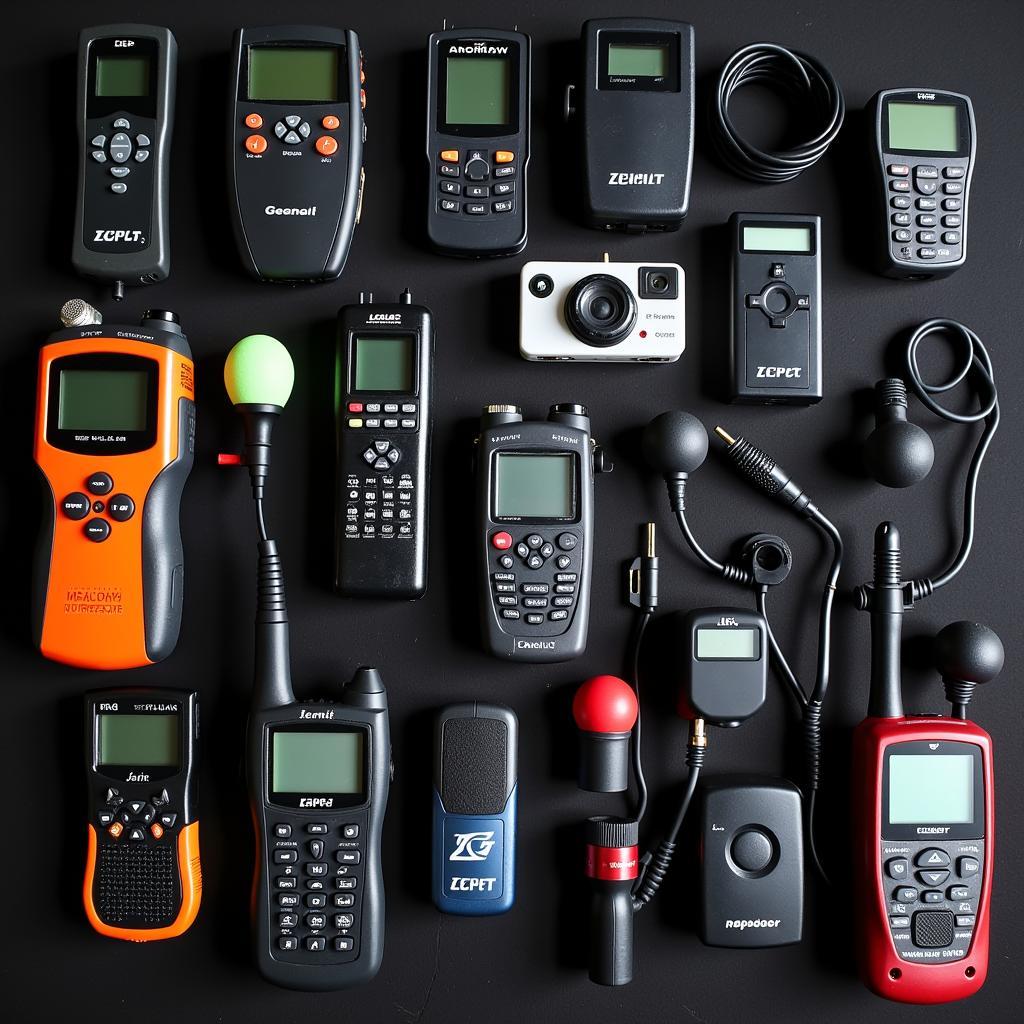The realm of paranormal research often necessitates a structured approach to delve into the unknown. An Example Research Brief acts as a compass, guiding investigators through the labyrinth of evidence and anomalies. It’s the cornerstone of any credible paranormal investigation, providing a clear roadmap for exploration.
Constructing a Sound Research Brief: A Step-by-Step Guide
A well-crafted research brief is crucial for maintaining objectivity and ensuring a thorough investigation. Here’s a breakdown of the essential elements:
1. Defining the Scope: Setting the Parameters
Begin by clearly outlining the objectives of your research. What specific phenomena are you investigating? Are you focusing on a haunted location, an alleged psychic ability, or a reported cryptid sighting? Clearly define the boundaries of your investigation to maintain focus.
2. Historical Context: Delving into the Past
Researching the history of the subject is paramount. For a haunted location, delve into its past occupants, significant events, and local legends. When exploring a particular phenomenon, trace its origins, cultural interpretations, and previous research attempts.
 Examining Historical Records
Examining Historical Records
3. Gathering Eyewitness Accounts: Separating Fact from Fiction
Interviewing individuals who have experienced the alleged paranormal activity is crucial. Encourage detailed narratives, noting down specific details like dates, times, sensory experiences, and emotional responses. Cross-referencing these accounts can reveal patterns or inconsistencies.
4. Empirical Evidence: The Quest for Tangible Proof
This is where the “science” in paranormal research comes into play. Utilize a variety of tools and techniques to document potential evidence. Electromagnetic field (EMF) readers can detect fluctuations in energy, while digital recorders can capture electronic voice phenomena (EVPs). Consider using infrared cameras to detect temperature anomalies.
 Tools of the Trade: Paranormal Investigation Equipment
Tools of the Trade: Paranormal Investigation Equipment
5. Analyzing the Data: Unveiling the Truth
Once you’ve collected data, meticulous analysis is critical. Compare eyewitness accounts, examine any photographic or audio evidence, and look for correlations between environmental factors and reported paranormal activity.
Ethical Considerations: Respecting the Unknown
Remember, paranormal research requires sensitivity and respect. Always obtain informed consent from individuals involved in your investigation, and treat their experiences with empathy and an open mind.
Example Research Brief: A Case Study
Let’s imagine we’re investigating an allegedly haunted theater. Our research brief might include:
- Objective: To determine the validity of claims of paranormal activity at the Grand Blackwood Theater.
- Historical Context: Built in 1898, the theater witnessed a tragic fire in 1923, resulting in multiple fatalities. Local lore attributes subsequent paranormal activity to the spirits of those who perished.
- Eyewitness Accounts: Interviews with theater staff and patrons will be conducted, focusing on specific details of their experiences.
- Empirical Evidence: EMF readings, EVP recordings, and infrared imaging will be utilized to document potential paranormal activity.
Conclusion: Embracing the Unexplained
An example research brief provides a solid foundation for any paranormal investigation. By adhering to a structured approach, researchers can navigate the complexities of the unknown with greater clarity and objectivity. Remember, in the pursuit of the paranormal, a methodical approach is key to unlocking the secrets that lie beyond the veil.
FAQs
1. What is the purpose of a research brief in paranormal investigations?
A research brief provides a structured framework for investigating paranormal claims, ensuring objectivity and thoroughness.
2. Is it necessary to have prior experience to conduct paranormal research?
While experience can be beneficial, a curious mind, a respect for the unknown, and a willingness to learn are equally important.
3. How can I differentiate between genuine paranormal activity and natural occurrences?
This is where a combination of eyewitness accounts, historical context, and empirical evidence becomes crucial. By analyzing all available data, a more informed conclusion can be reached.
4. What ethical considerations should be taken into account during paranormal research?
Always obtain informed consent from individuals involved, respect their experiences, and avoid causing harm or distress.
5. Where can I find more information about paranormal research methods?
For a deeper understanding of research methods, you might find resources like research briefing example, sample research paper for science fair, and research proposal apa helpful.
Have other questions or need assistance with your Paranormal Research? Contact us at 0904826292, email research@gmail.com, or visit our office at No. 31, Alley 142/7, P. Phú Viên, Bồ Đề, Long Biên, Hà Nội, Việt Nam. Our dedicated team is available 24/7 to assist you.